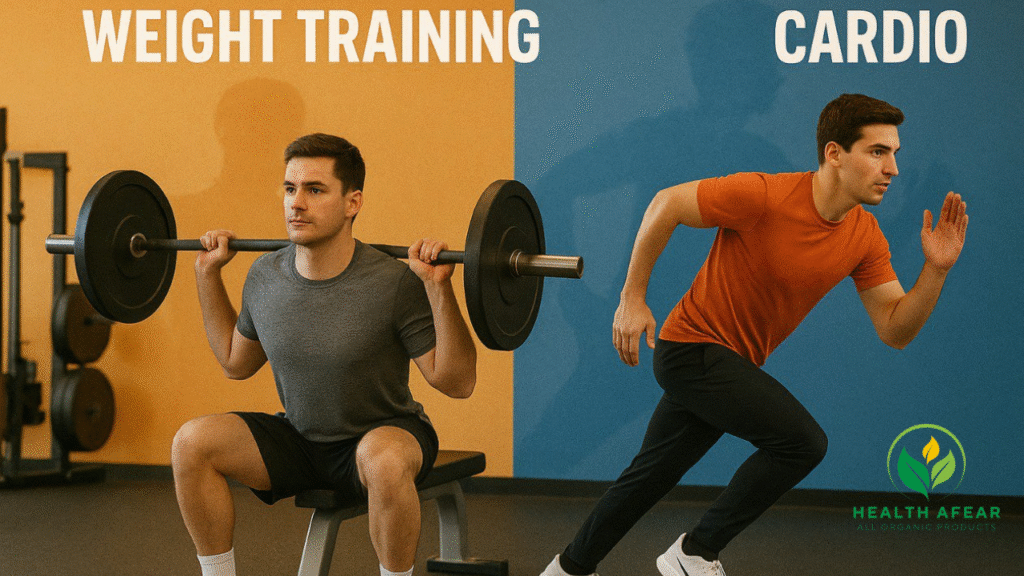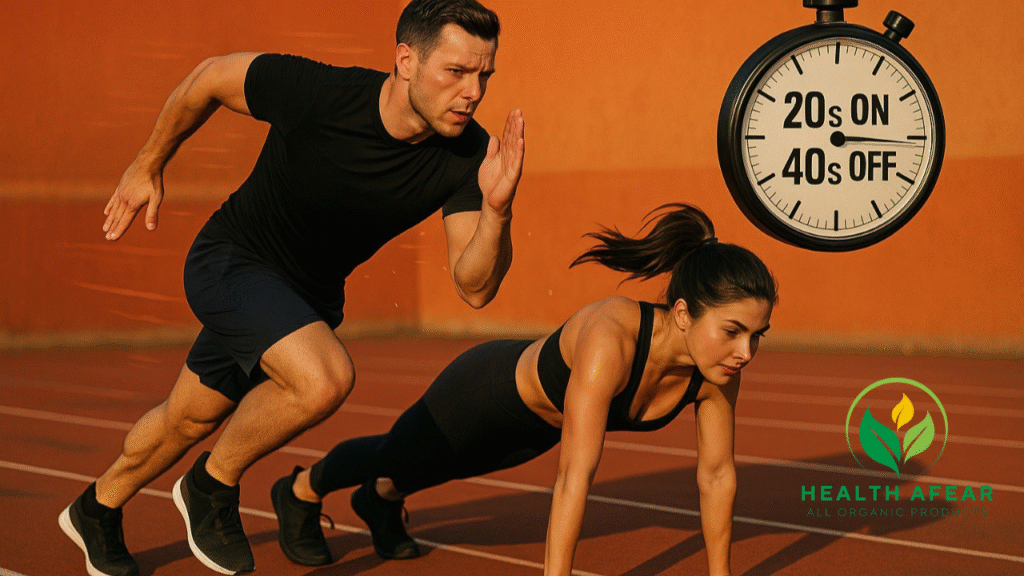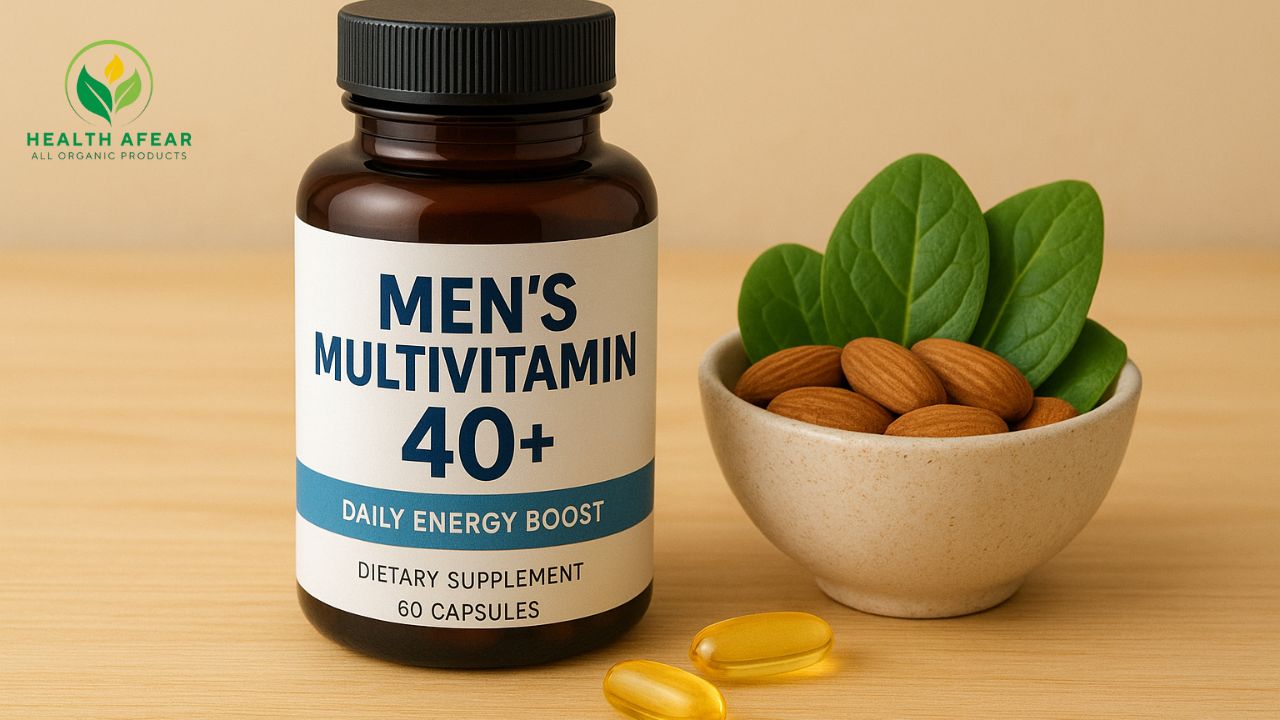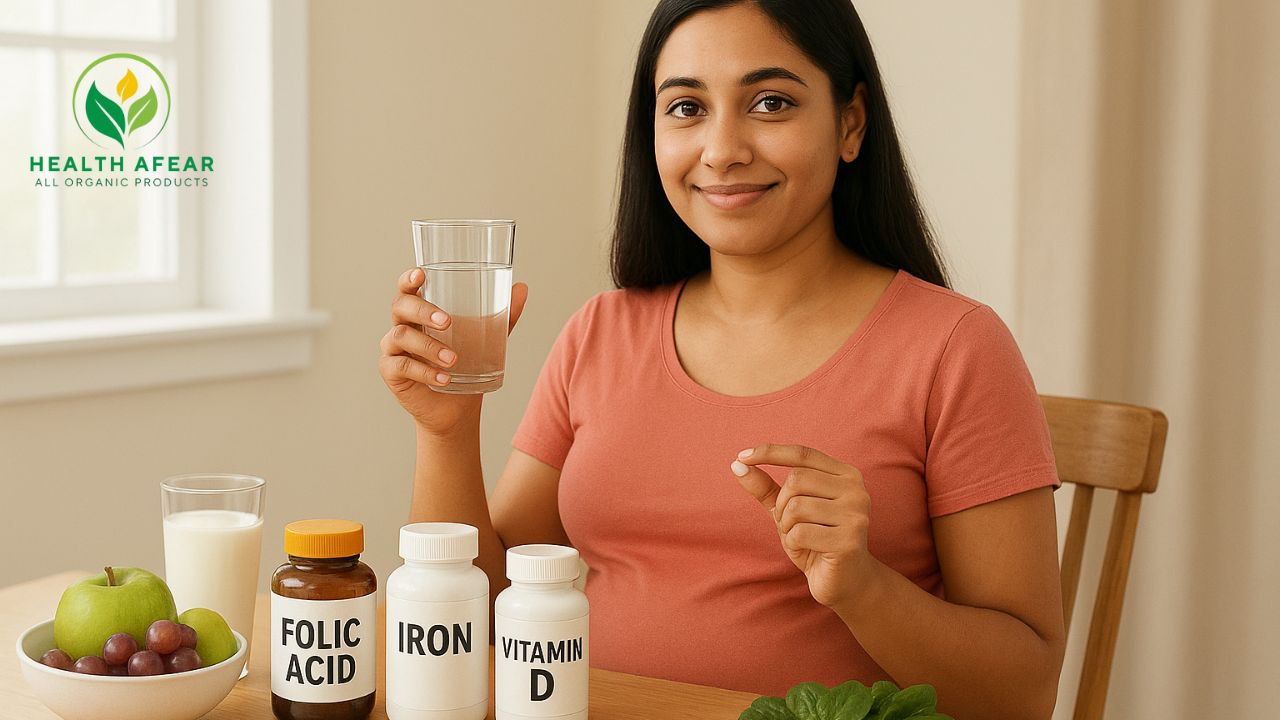Exercises for Testosterone Boost 2025

Discover the best exercises to boost testosterone naturally in 2025. Compare weight training vs cardio for energy, strength, and confidence.
In 2025, maintaining optimal testosterone levels has become a top fitness priority for men and women alike. Testosterone is not just a “male hormone” — it plays a crucial role in muscle growth, fat metabolism, mood stability, and overall energy. But instead of relying solely on supplements, the best way to boost testosterone naturally is through exercise.
In this blog, we’ll explore the best exercises for testosterone boost, comparing weight training vs cardio, and share how you can maximize your hormonal health safely and effectively.
Why Testosterone Matters
Testosterone influences nearly every aspect of health:
- Builds lean muscle mass
- Enhances strength and endurance
- Boosts energy and confidence
- Supports libido and reproductive health
- Regulates fat metabolism
As men age, testosterone naturally declines — roughly 1% per year after 30. Lifestyle factors like stress, poor diet, and lack of physical activity can make it worse. That’s where the right exercise plan comes in.
1. Weight Training: The #1 Testosterone Booster
Among all workouts, resistance training (like lifting weights) has the strongest evidence for increasing testosterone levels.
Why it Works
When you perform intense compound lifts — such as squats or deadlifts — your body releases growth hormone (GH) and testosterone to repair and strengthen muscle fibers. These hormonal surges can last several hours post-workout.
Best Weight Training Exercises
- Squats – Boosts lower body strength and triggers maximum testosterone response
- Deadlifts – Engages multiple muscle groups and raises growth hormone
- Bench Press – Improves upper body mass and boosts anabolic hormones
- Pull-Ups & Rows – Enhances back strength and muscle density
- Overhead Press – Builds shoulders and supports hormonal balance
Training Tips
- Focus on compound movements over isolation exercises.
- Lift moderate to heavy weights (70–85% of your max).
- Perform 6–10 reps per set, 3–5 sets per muscle group.
- Rest 60–90 seconds between sets for optimal recovery.
Consistency matters — even three intense sessions a week can produce noticeable changes in strength, mood, and hormonal balance.
2. High-Intensity Interval Training (HIIT)
If you’re short on time, HIIT offers a powerful testosterone-friendly option. Unlike long cardio sessions that can sometimes lower testosterone, HIIT balances fat loss with hormone health.

How It Works
HIIT alternates short bursts of intense activity with rest or light movement. This style of training promotes insulin sensitivity and fat burning — both linked to higher testosterone levels.
Sample HIIT Routine
- Sprint for 20 seconds
- Rest for 40 seconds
- Repeat for 10–12 rounds
You can apply HIIT principles to cycling, jump rope, or even bodyweight exercises like burpees or mountain climbers.
3. Moderate Cardio for Balance
While excessive cardio can reduce testosterone levels, moderate endurance workouts help improve blood flow, cardiovascular health, and mood — all indirectly supporting testosterone production.
Best Cardio Options
- Brisk walking for 30 minutes daily
- Light jogging or cycling for heart health
- Swimming or rowing for full-body endurance
The goal is balance — cardio helps control weight and stress, both of which influence hormonal health.
4. Bodyweight and Functional Training
You don’t always need gym equipment to boost testosterone. Functional workouts and calisthenics improve mobility, core stability, and muscle tone.
Examples:
- Push-ups
- Pull-ups
- Planks
- Jump squats
- Lunges
These exercises activate large muscle groups and can be performed anywhere. Add progressive overload (increase reps or intensity over time) to continue seeing results.
5. Yoga and Stress Management
Surprisingly, yoga can also play a role in testosterone health. Chronic stress increases cortisol, which directly suppresses testosterone production. Mind-body practices like yoga and meditation help lower stress, improve sleep quality, and balance hormones naturally.
Best Yoga Poses for Hormonal Health:
- Cobra Pose (Bhujangasana)
- Bridge Pose (Setu Bandhasana)
- Bow Pose (Dhanurasana)
- Child’s Pose for relaxation
Combine strength training with mindful movement to achieve long-term hormonal balance.
Read About Top Running Shoes for Men 2025
6. Nutrition and Recovery: The Secret Partners
Exercise alone isn’t enough — nutrition and recovery complete the picture.
Nutrition Tips:
- Eat protein-rich foods (eggs, chicken, tofu, lentils).
- Include healthy fats (avocado, olive oil, nuts).
- Add zinc and vitamin D sources (seafood, eggs, sunlight).
Recovery Tips:
- Get 7–8 hours of sleep per night.
- Take rest days between heavy workouts.
- Stay hydrated and manage stress effectively.
Sleep is especially crucial since most testosterone is produced during deep sleep cycles.
Weight Training vs Cardio: The Final Verdict
| Aspect | Weight Training | Cardio |
|---|---|---|
| Testosterone Impact | High | Moderate to Low (depends on duration) |
| Muscle Gain | Excellent | Minimal |
| Fat Loss | High (with intensity) | Good (with balance) |
| Stress Relief | Good | Excellent |
| Overall Recommendation | ✅ Primary choice for testosterone boost | ⚖️ Use moderately for heart health |
In short: Weight training is the most effective for direct testosterone boost, while cardio and yoga complement it for total body wellness.
Conclusion
Boosting testosterone naturally in 2025 doesn’t require expensive supplements or extreme diets. A balanced fitness plan that includes strength training, HIIT, moderate cardio, and proper recovery can naturally enhance your hormones, energy, and confidence.
The key is consistency — staying active, eating well, sleeping enough, and managing stress. Your hormones respond best when your lifestyle supports your goals.
Strong workouts, stronger hormones — your body will thank you.





Leave a Reply